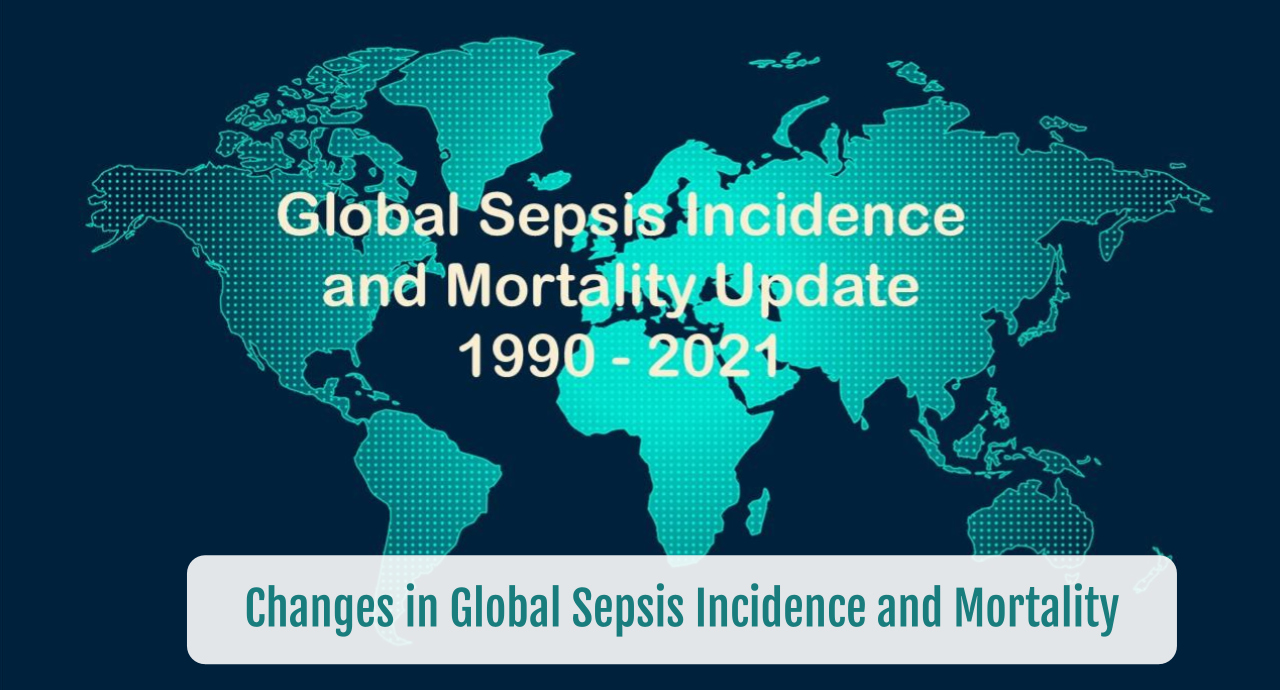Rx for Sepsis Management with Artificial Intelligence
SUMMARY:
-
Artificial Intelligence is improving early sepsis detection within clinical decision support algorithms.
-
The effectiveness of these algorithms can vary based on a variety of factors including parameters evaluated, patient populations and time to predictions.
-
Future efforts should focus on identification of high risk patients, escalation markers, risk score generation.
REVIEW:
- Sepsis identification has previously relied on a limited set of clinical variables. These scoring tools are not robust enough in predicting sepsis and outcomes.
- Artificial intelligence (AI) has evolved producing various models advocated to be applied in the diagnosis, managing and prognostication of sepsis.
AI in Early Detection
-
AI tools show promise in intensive care units (ICU) and emergency departments (ED) patients..
-
Most common variables used in early detection AI algorithms consist of:
-
Structured Data: vital signs; demographics; laboratories and
-
Unstructured Data such as clinical progress notes, triage notes, and other EHR data
-

-
AI will become a transformative tool in improving accuracy and efficiency for sepsis diagnosis.
-
These tools will help establish personalized treatment plans.
AI in Monitoring, Management & Treatment Plans
-
AI will aid in real time monitoring with the goal of providing insights and notifications for assessment of interventions.
-
It is anticipated that AI algorithms will be able to predict individual treatment effects of specific therapies; explore clinical scenarios beyond standard practice of fluids and antibiotics; and develop and monitor personalized treatment plans with real time monitoring driven toward optimal outcomes.
-
To accomplish these functions, AI algorithms will need to be integrated with real time patient monitoring systems and technology.
AI in Prognosis of Sepsis Outcomes
-
Machine learning algorithms have shown a high predictive rate (AUROC 0.778 – 0.85) for progression to shock.
-
AI algorithms also have been found superior to NEWS scores in 30 day in-hospital mortality predictions.

Current Limitations of AI in Sepsis
-
Notification is a supplement to clinical judgement, not a replacement.
-
Most studies are retrospective in nature.
-
Algorithms come from a training dataset of a specific population, which may not have the same performance accuracy when applied to a new or varied demographic.
-
Lack of generalizability across different clinical settings
-
Risk of higher false positive rates in these different populations
-
-
Ethical and regulatory considerations
-
Lack of transparency of the algorithm runs the risk of lack of trust due to being a “Black Box” .
-
Sepsis is a complex heterogeneous disease state, simply alerting clinicians will not be enough to produce improved outcomes.
CONCLUSIONS:
-
AI derived algorithm use in the sepsis patient has the potential to dramatically improve recognition and prognosis of sepsis.
-
Although tremendous advantages exist, it is important to address the limitations and potential bias of AI algorithms.
-
Additional validation is needed before fully integrating AI into clinical practice.
To receive articles like these in your Inbox, you can subscribe to Sepsis Program Optimization Insights.
Erkan Hassan is the Co-Founder & Chief Clinical Officer of Sepsis Program Optimization where he designs & oversees the implementation of solutions to optimize sepsis programs.
To discuss your organization’s Barriers of Effective Sepsis Care, contact Erkan by phone (844) 4SEPSIS (844-473-7747), email (erkan@spo.icu), or video chat.





